
Oldest working clock - image source here
The need to measure time has always existed. There is no doubt that the seasonal cycle, the phases of the moon, the succession of day and night, and the tracking of the movements of the sun with sun frames or other devices that used water, candles, or sand naturally divided the time that flows continuously. If you've ever wondered who invented the watch or when the first clock was created, I'll try to offer some answers below.
There is no single person who can be credited with the invention of the clock. Many people have contributed to the development of the clock before it reached the shapes we all know today. Tools for knowing time have existed since ancient times, according to historical evidence, the Egyptians were the first to divide the day into smaller units.

Egyptian like clock - image source here
They divided the night into 12 parts based on the motion of certain stars associated with various deities. Around 3,500 BC, they built an obelisk-based sundial. The way the shadows of the sun moved on the earth determined the time of day. The first sundials appeared six centuries later. A stick was inserted in the middle of a flat surface in the shape of a circle, and its shadow indicated the movement of the Sun. The days were longer in summer than in winter, so this method was inaccurate.
Similar devices were used by the Aztecs, Mayans, and Chinese, which also reached Europe where it was used by the Greeks and Romans.
A primitive model for measuring time was the hourglass, a glass vessel with two compartments connected by a thin tube. The upper compartment was filled with sand, water, or mercury, which drained into the lower compartment over time.
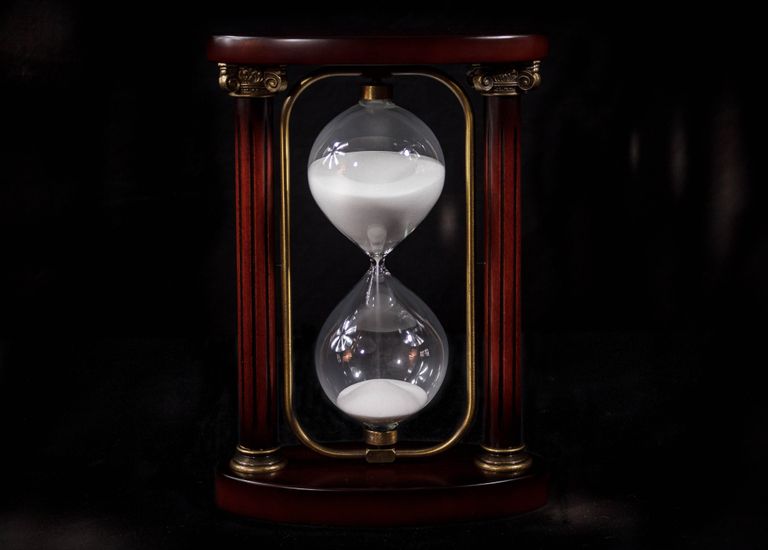
Sand hourglass - image source here
Europeans used the hourglass until the 14th century when mechanical clocks began to appear in public buildings. The first such clock was built and erected in Milan in 1335. Watches that operated on the principle of weights, counterweights and pendulums did not appear in homes until 1400. The weights were replaced by springs around 1500 in France, Italy, and Germany. The invention was made by Peter Henlein, a German locksmith, who made miniature watches that could fit in a coat pocket.
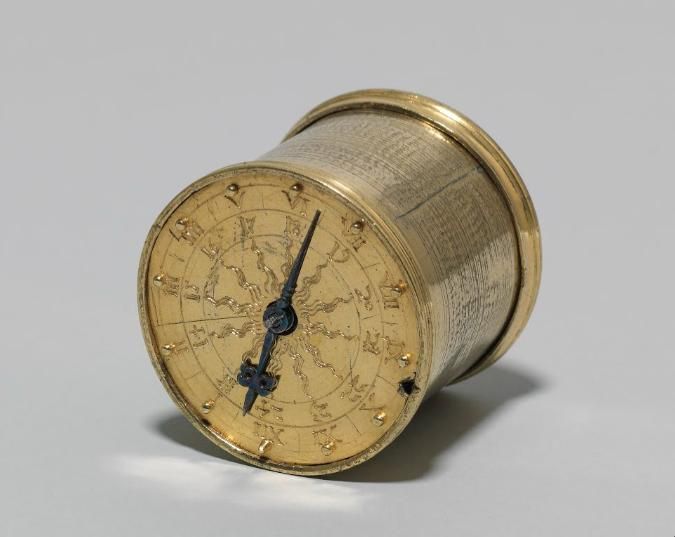
Henlein pocket watch - image source here
These watches featured not only a practical component, but also a design component that had never been seen before. Spring clocks had only one arm that indicated the time and no glass protection.
Time measurement was forever changed by mechanical clocks. The minute hand was invented by Jost Bürgi in 1577. His invention was part of a watch made for Tycho Brahe, an astronomer who needed an exact watch to look at the stars. After 1600, the innovation was widely used. It was Levi Hutchins who invented the first alarm clock in 1787. The wristwatch as we know it, is more recent and was worn in the late nineteenth century especially by women.
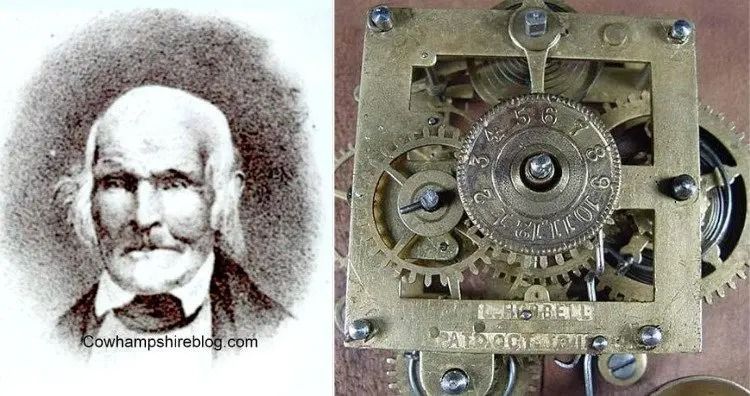
Levi Hutchins alarm clock - image source here
The watch that made women's watches famous was given to Queen Elizabeth I of England by Robert Dudley, the first Earl of Leicester. Pocket watches were the only watches men wore at that time.
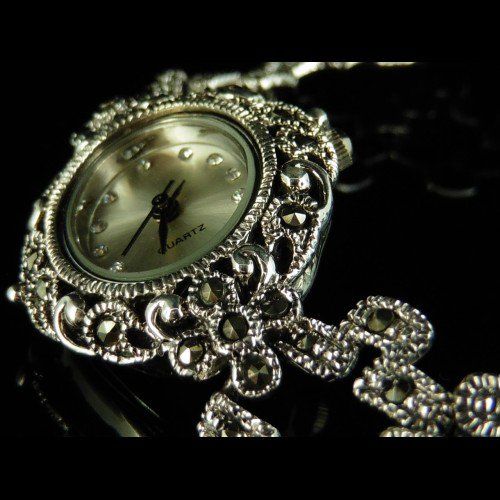
Wrist watch example from that era - image source here
As a result of its usefulness on the battlefield, the wristwatch gained popularity during the First World War. When soldiers took their pocket watches out of their pockets to check the time, they had to put their weapons aside. The soldiers were the first men to wear wrist watches, however it is said that the first person to have done so is the physicist Blaise Pascal. He wrapped his pocket watch on his left wrist with a leather strap.
1910 wrist watch - image source here
The first electronic watch to use a battery appeared in 1953. The majority of watches today are electronic and use quartz crystals. When placed in an electronic circuit ,quartz has a piezoelectric effect, which means it vibrates at a certain frequency, which is then converted into electricity by a microchip . A small motor engages some wheels, which turn their tongues and show the time. Downside, as a result of temperature changes or impurities in quartz, the crystals' oscillation frequency changes over time.

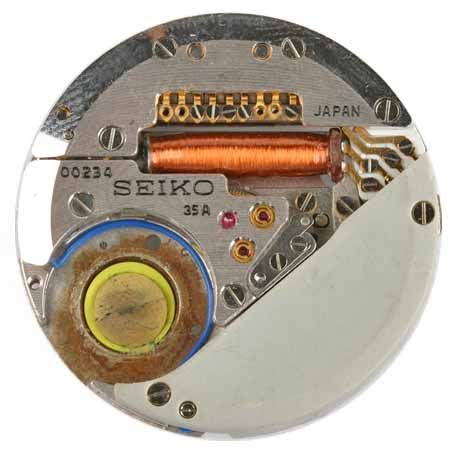
Seiko Quartz-Astron 35SQ world's first "quartz clock" wristwatch - images source here
The history of the clock continues with atomic clocks. They are the most accurate instruments for measuring time. If we try to pay attention to details and when I say details, I mean atoms… on the basis of which the most accurate clock in the world works, we will get a difference of a second every 138 million years… plus or minus, I don't remember… not that it would matter too much to us ordinary people.
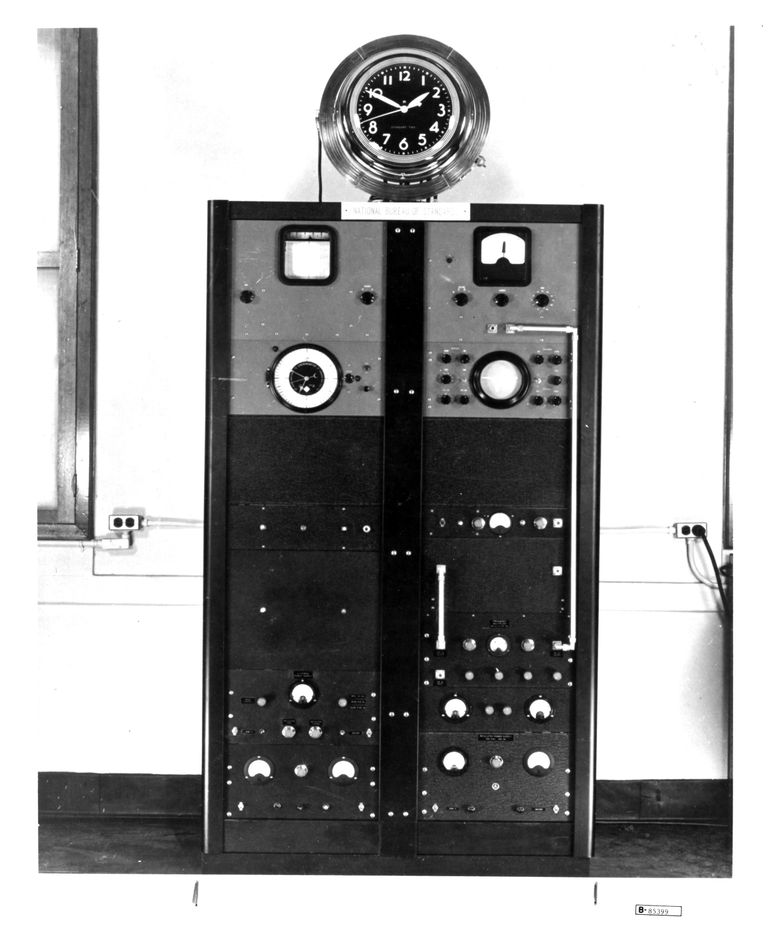
First atomic clock 1949

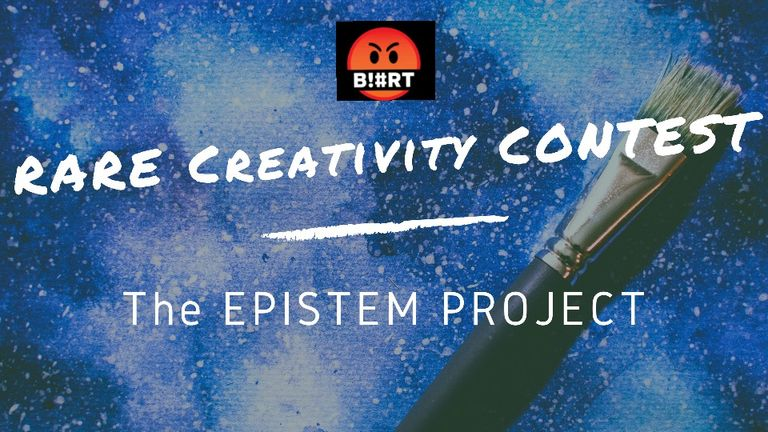
Check it out here!!!
THANK YOU @epistem
Thank you @drlobes for participating in the Epistem Rare Creativity Contest Week 4.😇